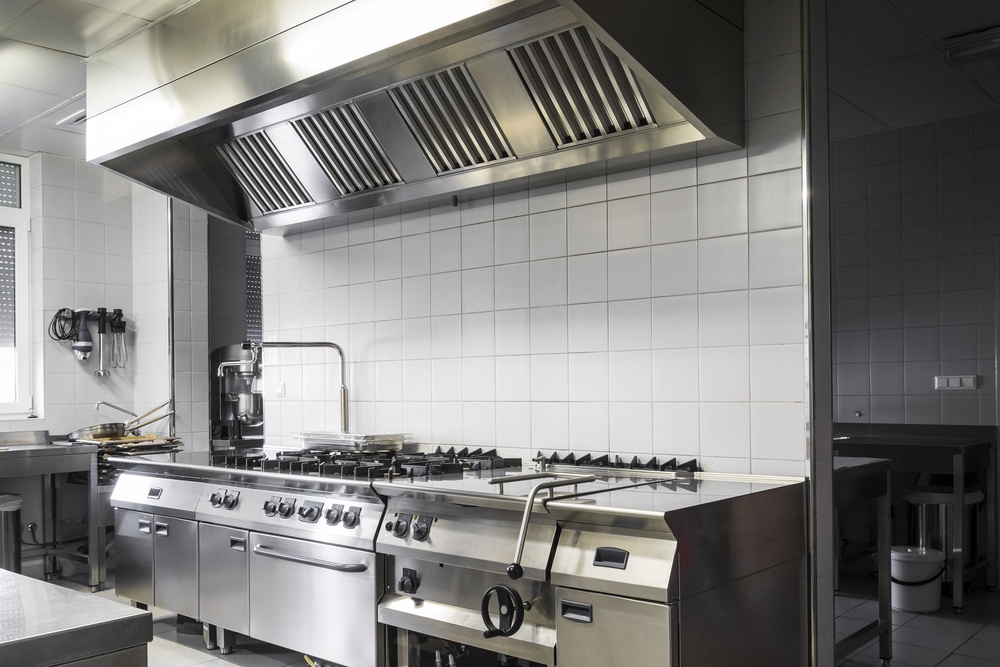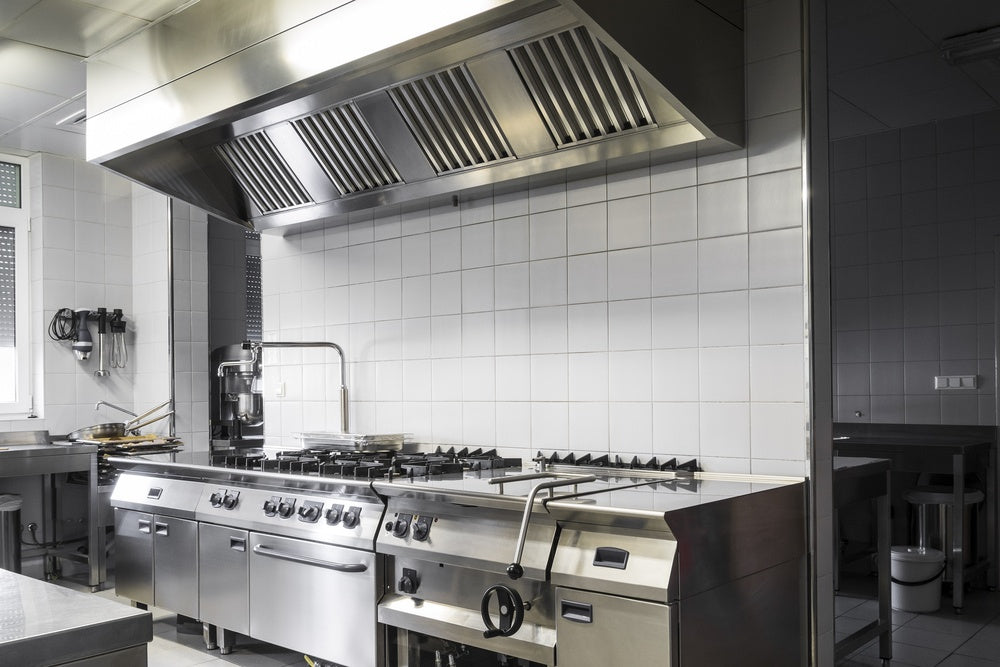Commercial kitchens are among the most challenging design projects for plumbing engineers, with complexity comparable to an entire home's plumbing system. The most common plumbing projects, such as those in office buildings and apartments, involve only a limited number of plumbing types: toilets, toilets, showers, sinks and lavatories, among others. Plumbing engineers encounter these fixtures all the time and are highly familiar with them. On the other hand, a commercial kitchen involves a more exotic set of sanitary facilities and specialized equipment: various types of sinks, industrial dishwashers, waste disposers, soft drink dispensers and ice machines, to name a few examples.
Many plumbing engineers choose to specialize in commercial kitchen design. The starting point for the design process is a layout of the equipment with its specifications, requiring collaboration between the hydraulic engineer and a commercial kitchen consultant. Factors such as piping size, water heater capacity , and grease interceptor specifications are determined by the equipment installed.
In addition to being a demanding engineering field, commercial kitchen plumbing design is subject to requirements that vary by country or city. Since public health is at stake whenever kitchen equipment is used, health authorities also play a role in defining requirements. In the case of New York City, the requirements are outlined in the New York Plumbing Code, the New York Building Code, and Department of Environmental Protection standards.
This article will provide an overview of plumbing requirements for major commercial kitchen components.
Sanitary Drainage and Ventilation System
The sanitary drainage and ventilation system must be designed for different types of liquid waste, as their properties change according to the kitchen equipment that produces them. The following are some of the liquids found:
- Condensates from refrigerators, air conditioners, evaporator trays, ice machines, drain pans, cooling hoses and lines, and plumbing.
- Fluids drained from sinks and kitchen equipment in general.
- Cooking by-products such as grease and oil, which are subject to strict laws regarding their disposal procedure.
Commercial kitchen equipment may be required to have a direct or indirect waste connection, depending on the specific type of equipment.
- An indirect connection leads to a private drainage system, which then connects to the public sewer. An indirect connection is typically used for hot and cold storage as well as mechanical food processing equipment. This type of connection must include a backflow prevention device.
- The direct connection leads directly to the public sewer, as its name implies. However, keep in mind that in some cases grease traps may be required for these connections. Direct connection is used for fixtures such as indirect waste spills, floor drains, floor sinks and mop sinks.
Plumbing vents are also an important element of commercial kitchen plumbing, providing sewer pipes with an external connection, typically through the roof. Its main objective is to eliminate sewer gases, keeping them away from internal spaces.
Get a code-compliant commercial kitchen plumbing project.
Contact us
Hot and cold water supply
Almost all kitchen equipment requires a water supply , and there are specific requirements to be met in terms of temperature, pressure and flow rate. These requirements influence piping design and also keep in mind that water may be required at a higher temperature than under normal conditions. domestic hot water (DHW) systems – leading to greater boiler capacity.

In addition to specific requirements for commercial kitchens, all establishments must have an adequate supply of potable water. In the case of New York, drinking water needs are defined in the State Sanitary Code, Part 5 (10 NYCRR, Ch. 1). An establishment's plumbing and fixtures must be capable of safely and reliably supplying drinking water to all areas of the building. Keeping the drinking water supply clean is extremely important, avoiding backflow, siphoning and interconnection.
Isolation valves should be used to simplify maintenance when deemed necessary by the plumbing design engineer. Installation may also involve accessories such as balancing valves, thermostatic mixing valves, and pressure and vacuum relief valves.
Use of grease interceptors
Guidelines for using grease interceptors are covered in New York Best Management Practices. In simple terms, grease interceptors are recommended for all direct and indirect discharges where grease is likely to be received. This includes kitchen appliances such as woks, food waste sinks, meat preparation sinks, automatic dishwashers, pan washing sinks, kettles, pantry sinks, floor drains and scraper sinks.
Plumbing installations that require grease interceptors are found in a wide variety of locations: some examples are restaurants , cafeterias, butchers, fishmongers, delicatessens, clubs, slaughterhouses and the food processing areas of supermarkets. In general, these are non-residential places where grease can reach the drainage system.
The following blog post will cover grease interceptor sizes and types.
Gas Supply for Kitchen Equipment
Kitchen equipment can be designed to use gas, electricity, or both. When dealing with gas, piping sizing depends on pressure and volumetric flow. Gas volume is typically measured in cubic feet per hour and is obtained from the manufacturer's input ratings. Please also note that the New York Combustible Gas Code applies to these installations and their related accessories.
Prior to initial construction or a major renovation of a food service or food processing establishment, the New York Department of Health and Mental Hygiene may request construction documents showing the layout and specifications of kitchen equipment, along with fixtures plumbing and other necessary complementary systems. These reviews may be required again during operation if deemed necessary by the Department.
Conclusion
Working with qualified professionals is important in any engineering project, but especially in the case of commercial kitchen plumbing. The requirements are extensive and very demanding and failure to comply with them can have legal and public health consequences. It is also in your best interest to avoid a lengthy design process with multiple revisions, as this delays the start of operations – it is best to work with experts who will get the design right the first time.

